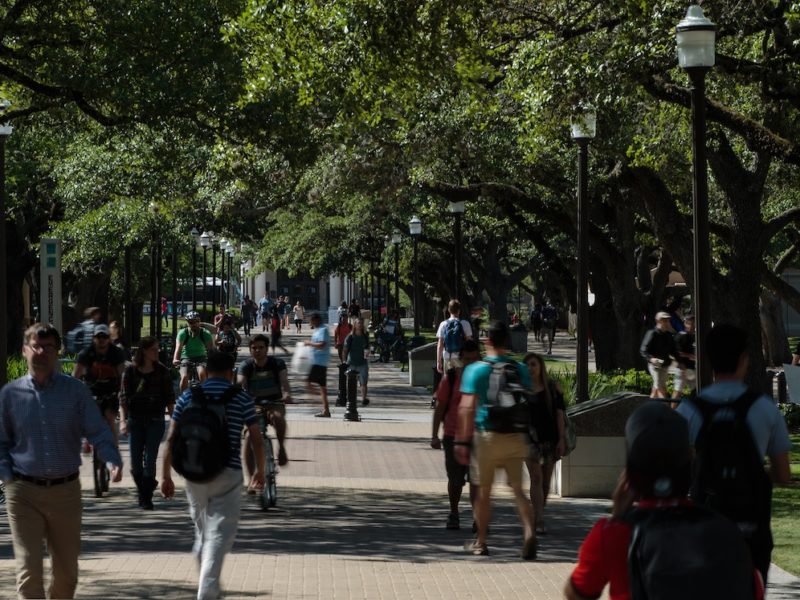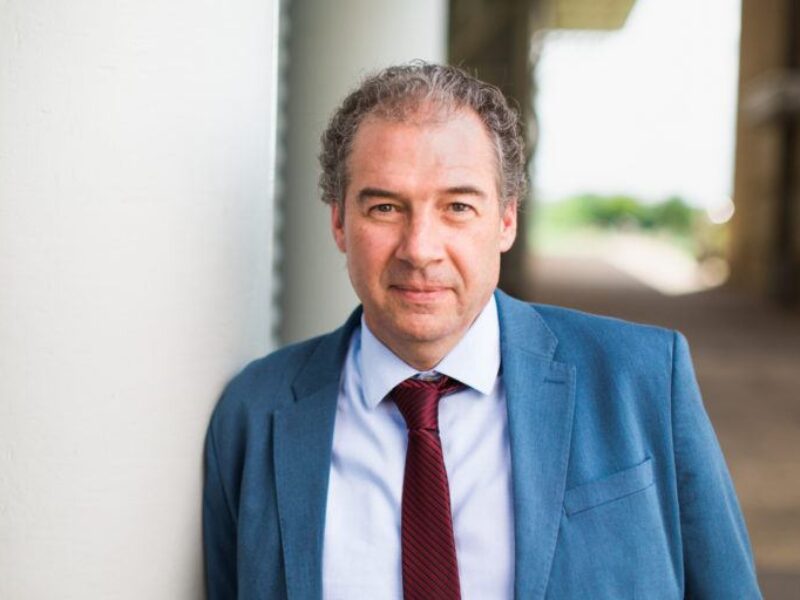The Primary Care Physician Shortage

Have you had more difficulty getting an appointment with your primary care physician lately? Or perhaps you’ve even had to find a new physician for your health needs? You aren’t the only one. America is facing a shortage of primary care physicians, and the situation is even worse in Texas.
A growing population, an aging population (physicians included) and the entrance of newly insured individuals following implementation of the Affordable Care Act, have increased the demand for medical services across the country. To add to this, the physician to patient ratio is not evenly distributed across all population areas or groups, making for an increasingly precarious situation.
According to the Association for American Medical Colleges (AAMC) the nation will face a shortage of between 46,000-90,000 physicians by 2025. In Texas, 126 of 254 counties experience limited access to primary care services, a large enough deficit for the U.S. Department of Health and Human Services to declare these regions Health Professional Shortage Areas. Texas has 165 physicians for every 100,000 patients – which is below the national average.
The Texas A&M Health Science Center College of Medicine is working to change this trajectory and answer the call for more primary care physicians across the state.
Read how on Vital Record.
This article by Katherine Hancock originally appeared in Vital Record.





